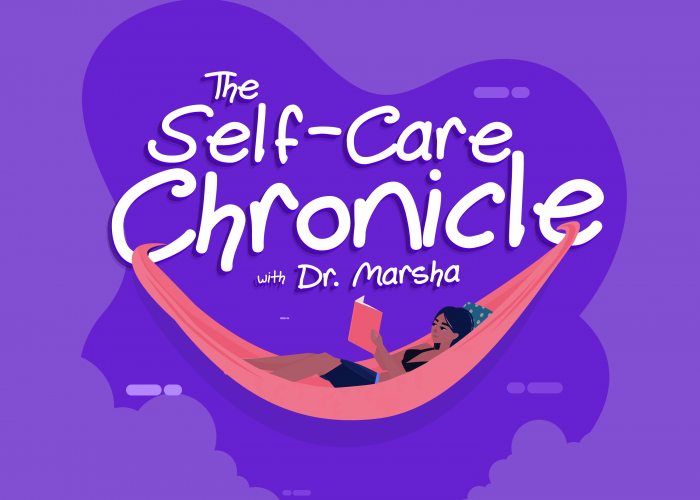
My method is Deconstructing Stress. I equip and empower people in high-stress occupations to improve their quality of life and perform at their best. Through customized corporate trainings and workshops, I teach employees to not just manage stress, but to conquer it.
People across the globe are struggling to manage their workloads. They describe their well-being as “in decline,” and say their work lives are “just getting worse.
These feelings are intensified during a global pandemic, in times of economic uncertainty, with the pressure of family commitments, and because of vicarious trauma. Working with business leaders, I develop customized corporate trainings and workshops to help high-stakes teams conquer the stressors of their occupations and build the resilience they need to function at the front lines, without sacrificing their well-being.
The pressure of dealing with non-stop critical work issues, the desire to help just one more person, and a tendency to put my own needs on the back burner took an enormous toll on my physical and mental health. I reached a point of complete burnout before I realized it was unsustainable to keep living and working this way.
It was then that I decided to be part of the burnout solution. I stepped back, refocused, and invested in learning about effective self-care practices. After discovering that common stress management strategies were insufficient for individuals in high-stress careers, I developed Deconstructing Stress with the goal of conquering stress, not managing it. Deconstructing Stress techniques have been shared with organizations throughout the world.

Tips for enduring the status quo, which often means getting stronger at treading water, but never knowing how to get back to dry land.
Benchmarking yourself against those around you, even if they’re not doing much better.
Using short-term, band-aid solutions.
A step-by-step process of identifying, assessing, ranking, and eliminating the biggest and most unnecessary sources of work- and home-related stress.
Learning how to practice activities that restore mental, physical, and emotional bandwidth, increasing focus and reducing sick days, burnout, and turnover.
Looking at and analyzing sources of personal stress to determine their value. Confidently taking declarative action to change the way you approach and think about stress.




Cras justo odio, dapibus ac facilisis in, egestas eget quam. Vivamus sagittis lacus vel augue laoreet rutrum faucibus dolor auctor. Etiam porta sem malesuada magna mollis euismod. Lorem ipsum dolor sit amet, consectetur adipiscing elit. Cras mattis consectetur purus sit amet fermentum.

Aenean lacinia bibendum nulla sed consectetur. Fusce dapibus, tellus ac cursus commodo, tortor mauris condimentum nibh, ut fermentum massa justo sit amet risus. Donec ullamcorper nulla non metus auctor fringilla. Donec sed odio dui. Morbi leo risus, porta ac consectetur ac, vestibulum at eros. Aenean lacinia bibendum nulla sed consectetur.

Duis mollis, est non commodo luctus, nisi erat porttitor ligula, eget lacinia odio sem nec elit. Maecenas faucibus mollis interdum. Fusce dapibus, tellus ac cursus commodo, tortor mauris condimentum nibh, ut fermentum massa justo sit amet risus. Vivamus sagittis lacus vel augue laoreet rutrum faucibus dolor auctor.









